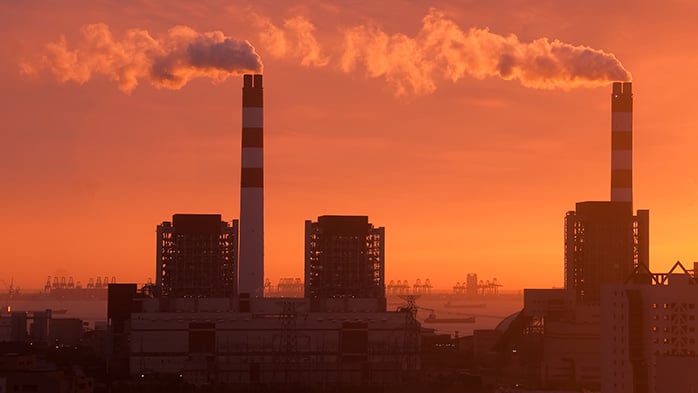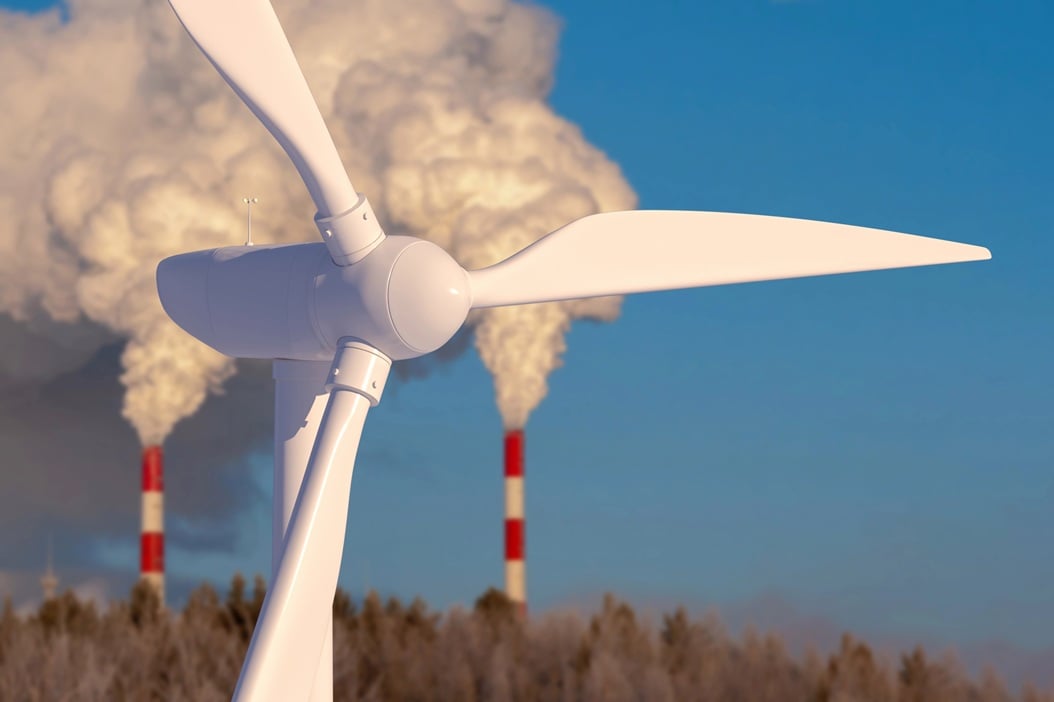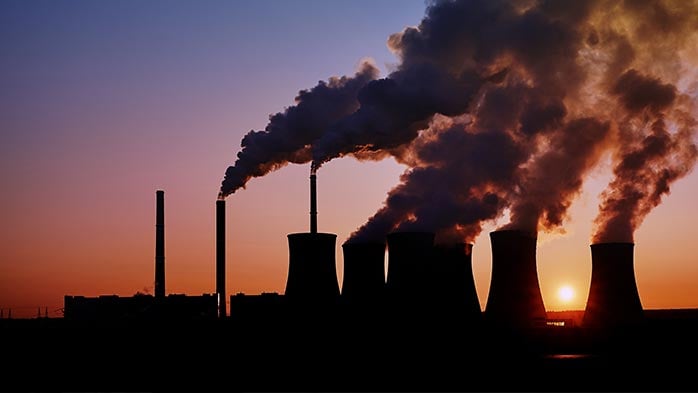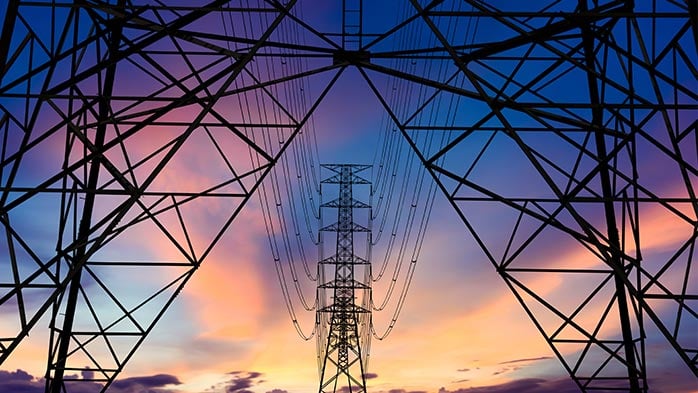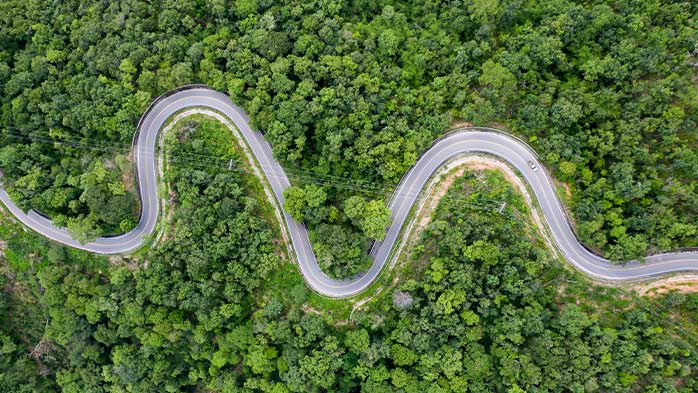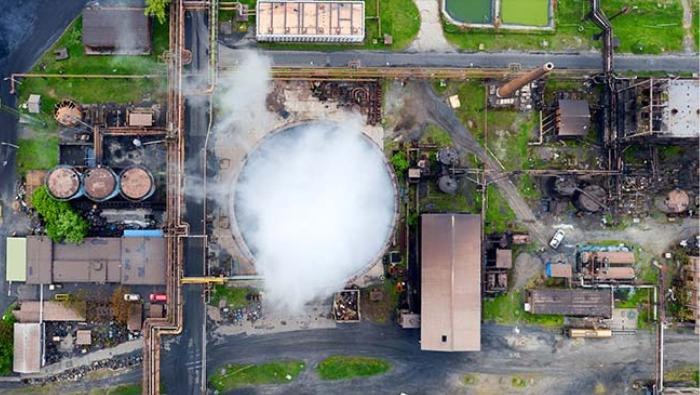To reduce air pollution, the Indian government, following a series of other efforts, has issued a ban on the sale and registration of new vehicles not complying with emissions standards. These efforts are stimulating private sector investment in auto shredded plants, which has the potential to reduce Indian scrap imports in the near-term by over 30% compared to 2016.
To reduce air pollution, the Indian government, following a series of other efforts, has issued a ban on the sale and registration of new vehicles not complying with emissions standards. These efforts are stimulating private sector investment in auto shredded plants, which has the potential to reduce Indian scrap imports in the near-term by over 30% compared to 2016.
- India’s top court has banned the sale and registration of vehicles not complying with emission standards from 1st April 2017 onwards
- The government has formulated a vehicle scrapping policy (named Voluntary Vehicle Fleet Modernisation Programme), which, when implemented, will phase out vehicles bought on or before 31st March 2005
- Auto shredding units are initially being set up in joint ventures with the government
- Growth in auto recycling could reduce India’s reliance on steel scrap import by over 30%
Vehicle recycling currently lacks regulation in India
Recycling of scrapped vehicles in India has historically been a highly unorganised due to there being lack of regulation and a uniform process for the disposal of vehicles. People generally tend to dump end-of life or heavily damaged vehicles at scrap yards for a nominal fee. Scrap processors then strip these vehicles of scrap metal and functional component parts and sell these separately in rather opaque regional retail markets. Additionally, in India the average age of end-of-life vehicles is over 15 years, much higher than the 12 years in other regional markets, and is primarily due to three factors:
- The used car market is quite active in India and the related re-registration process is marred by corruption, thus allowing for even the unfit vehicles to be re-sold
- There is little transparency in the value of scrap from end-of-life vehicles, which discourages owners from scrapping a vehicle until it is unusable
- A lack of regulation for mandatory scrapping of old and/or highly polluting vehicles
Regulation is expanding to incentivise recycling
Currently, India has no regulation regarding the disposal of end-of-life or highly polluting vehicles. However, there have been some encouraging developments over the past year:
- Concerned over the rise in air pollution levels in the national capital of Delhi, the National Green Tribunal (NGT) ordered that all diesel vehicles more than 10 years old be de-registered. Earlier in 2016, the NGT had ordered the Delhi police to ensure that vehicles falling under this category were stopped from driving in the national capital, but this was of limited success.
- In August 2016, government run scrap trading company MSTC formed a joint venture with a private sector company Mahindra Intertrade to set up an auto shredding plant. This plant will be the first of a series of such plant to be built in the country. MSTC has cited that it intends to set up as much as 30 such units in the count
- More recently, on 29th March 2017, the Indian supreme court banned the sale and registration of all vehicles across the country that do not comply with BS-IV emission norms (i.e. Bharat Stage IV: an Indian emission standard which is equivalent to Euro 4 emission norms), effective 1st April 2017. This was despite a strong lobbying effort by automobile manufacturers to extend the implementation timeline, citing there still being over 800,000 vehicles in unsold inventory of BS-III compliant vehicles to sell.
- The Indian Ministry of Road Transport and Highways has formulated a vehicle scrapping policy (called Voluntary Vehicle Fleet Modernisation Programme), which will allow for the voluntary scrappage of vehicles bought before April 2015. Vehicle owners will be offered incentives in the form of discounts and excise duty cuts when they surrender their old vehicles when purchasing a new one.
Greater recycling may reduce India’s reliance in steel scrap imports
Considering only the upcoming Voluntary Vehicle Fleet Modernisation Programme (VVFMP), industry estimates indicate there are approximately 24 to 25 million vehicles on Indian roads that were purchased before April 2005 that could be scrapped. This estimate considers the average end-of-life age for a commercial vehicle to be 17-18 years and that of a passenger vehicle to be 14-15 years. Conservatively assuming about 10% of these vehicle owners take advantage of the VVFMP during its first year of implementation means that about 2.5 million vehicles would be available to be scrapped. Further, assuming an average vehicle (inclusive of commercial and passenger) weighs about 1100 kg, of which ~65% is steel scrap, about 1.8 Mt of steel scrap will be generated during the first year of the programme.
This would mean India’s net imports of steel scrap, which were 5.6 Mt in 2016 according to Indian government trade statistics, could fall by over 32% compared to 2016 during the first year of implementation of VVFMP policy. Further ahead, auto-shredding scrap has the potential of substantially reducing India’s dependence on imported shredded scrap, particularly as the policy gains traction and the government becomes more insistent in phasing out old and/or polluting vehicles and when emission standards move from BS-IV to BS-VI in 2020.




